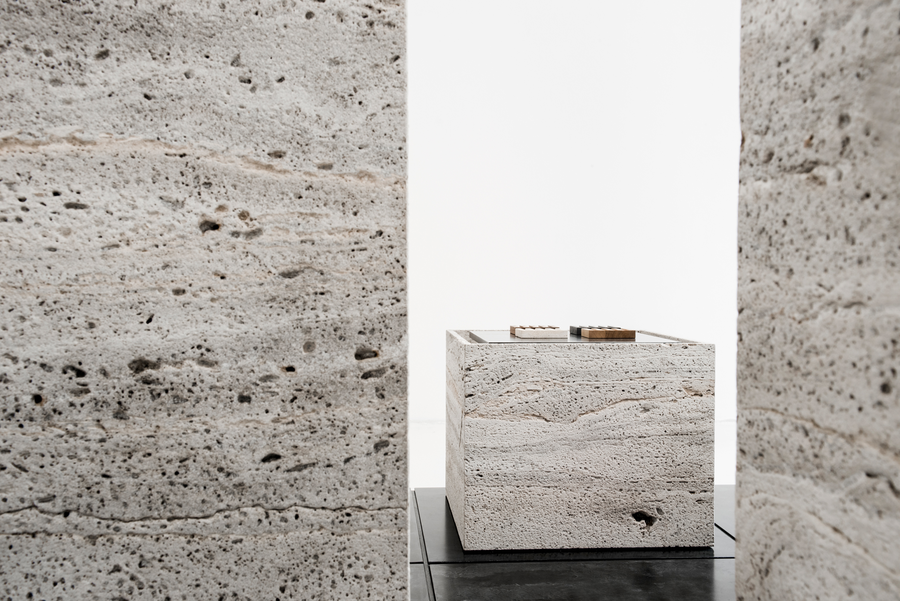
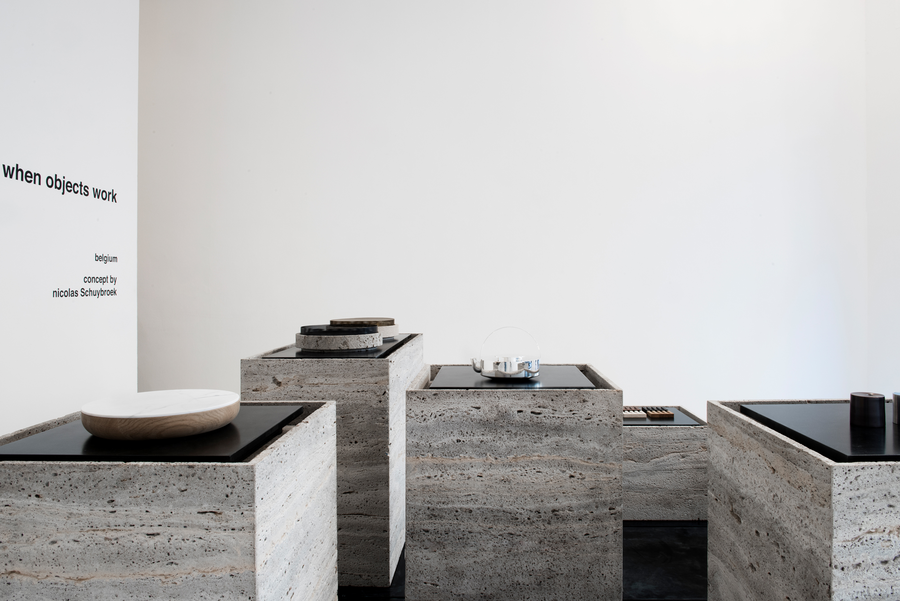
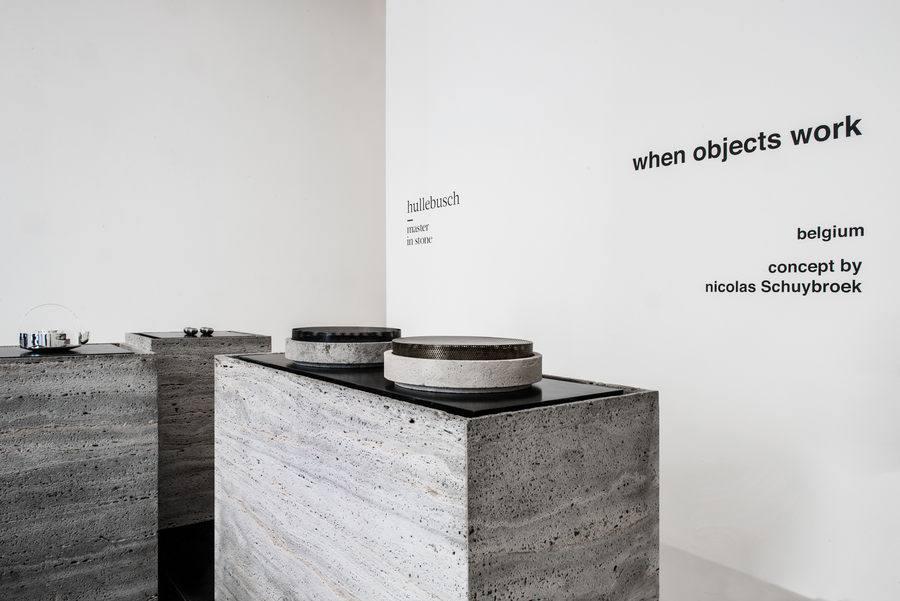
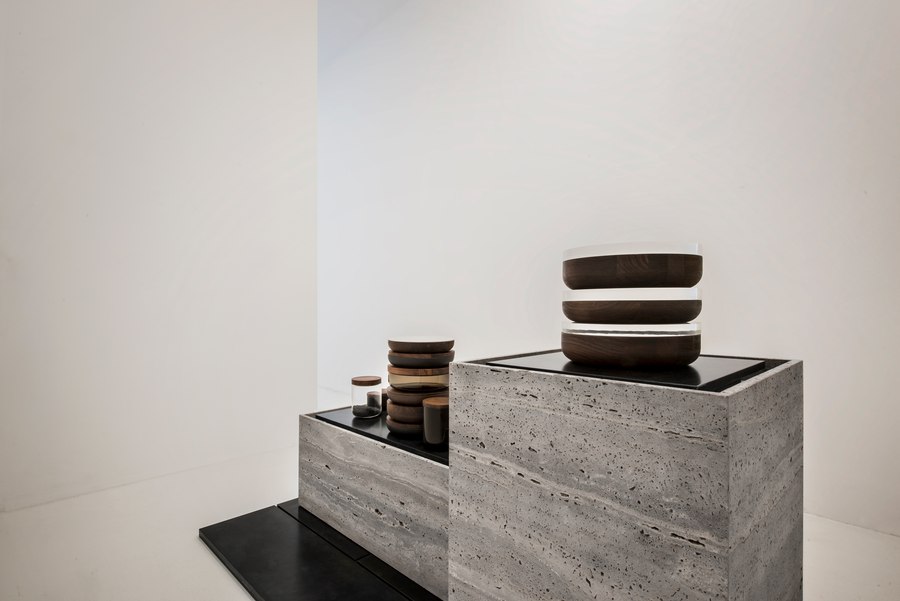
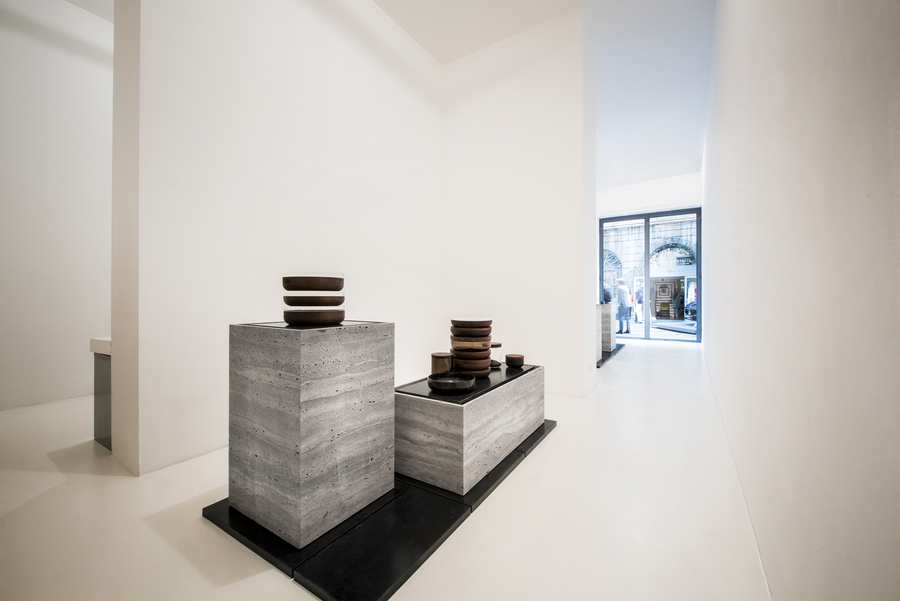
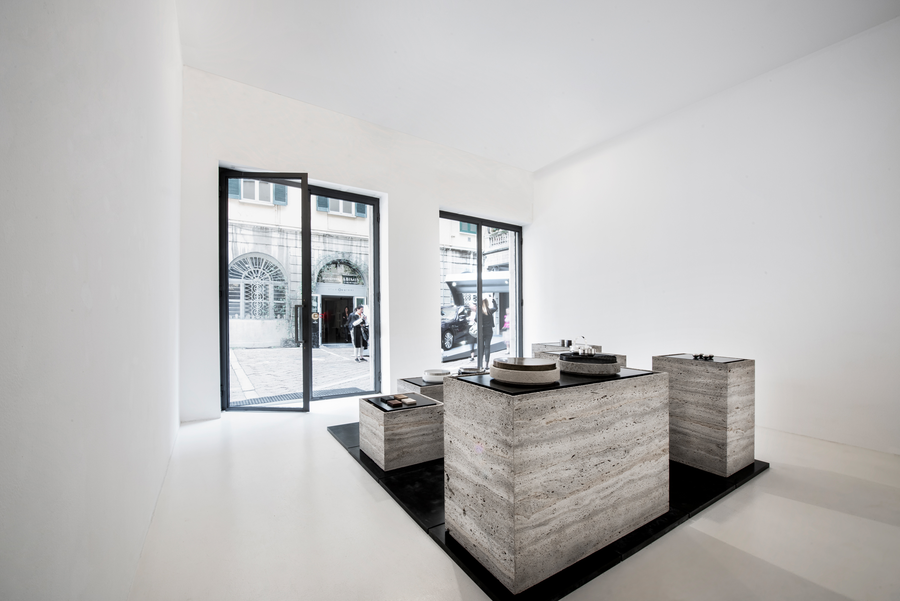
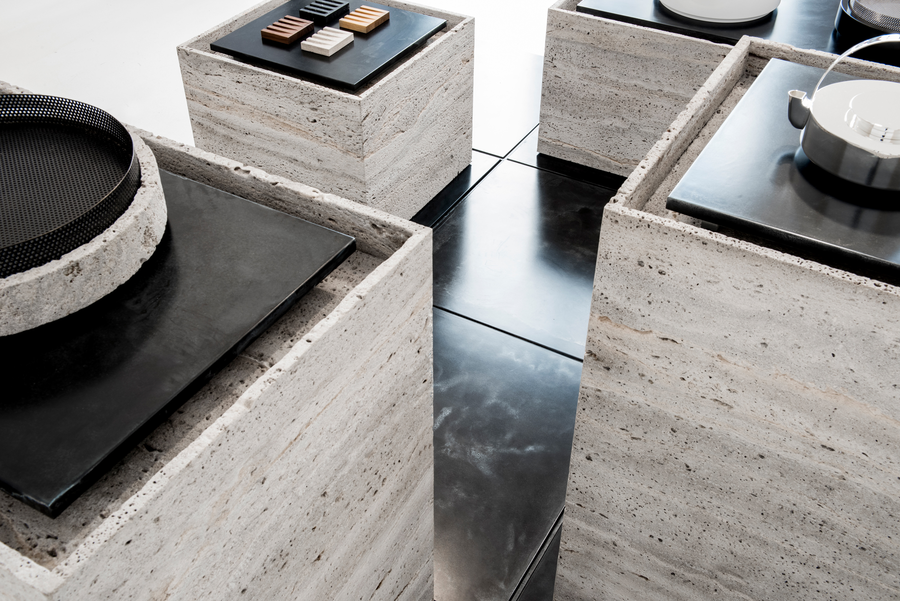



Being contacted by when objects work, a well-established brand in Belgium and Europe known for commissioning well and lesser known architects to design and produce everyday objects that have style and functionality, was a sign that our firm was becoming recognized for a signature style and set of values. The founder, Beatrice Delafontaine, asked us to come up with something that would be useful at home—something you would typically want for yourself, but couldn’t find and couldn’t buy. After beginning the firm building houses and apartments, we were excited to design something unique to inhabit all kinds of homes, and not just the ones we design. Designing objects is a different kind of architecture and certain objects become markers of their time and spread out all over the world, such as the Jeanneret Chandigarh chairs that I use in many of my projects. Designing objects is an exercise of relinquishing control as these objects get incorporated into spaces that we might not ever see; I wonder what Jeanneret would think of his chairs in my projects.
I am inspired by objects, art, and furniture that exist in the world; so much of my architecture comes from inspirations from the widest ranges humanity’s creative potential, however, I had yet to extend my thinking as an architect into the space of product design. I was up for this exciting challenge and while I was looking around my house trying to think of what I needed, two kinds of bowls formed as ideas in my mind. The first was a key holder, not a conventional dish or tray, but a soft, trim wooden bowl you can use quietly, without any clattering and clanging. And if you need to cover it up for tidiness, you could use its pedestal as a lid. The bowl is extremely tactile, and seductive in how it allows you to both hide and reveal its contents.
The second bowl in my mind was a kitchen bowl, carved out of solid stone, a beautiful sculptural piece which also serves as a smooth aesthetic anchor to a home. A sandblasted travertine base with a perforated bronzed cover added a sense of elegant lightness to an otherwise raw and heavy form. The bronze cover could also be inverted and used as a lid, helpful for keeping flies and insects away in summer.
